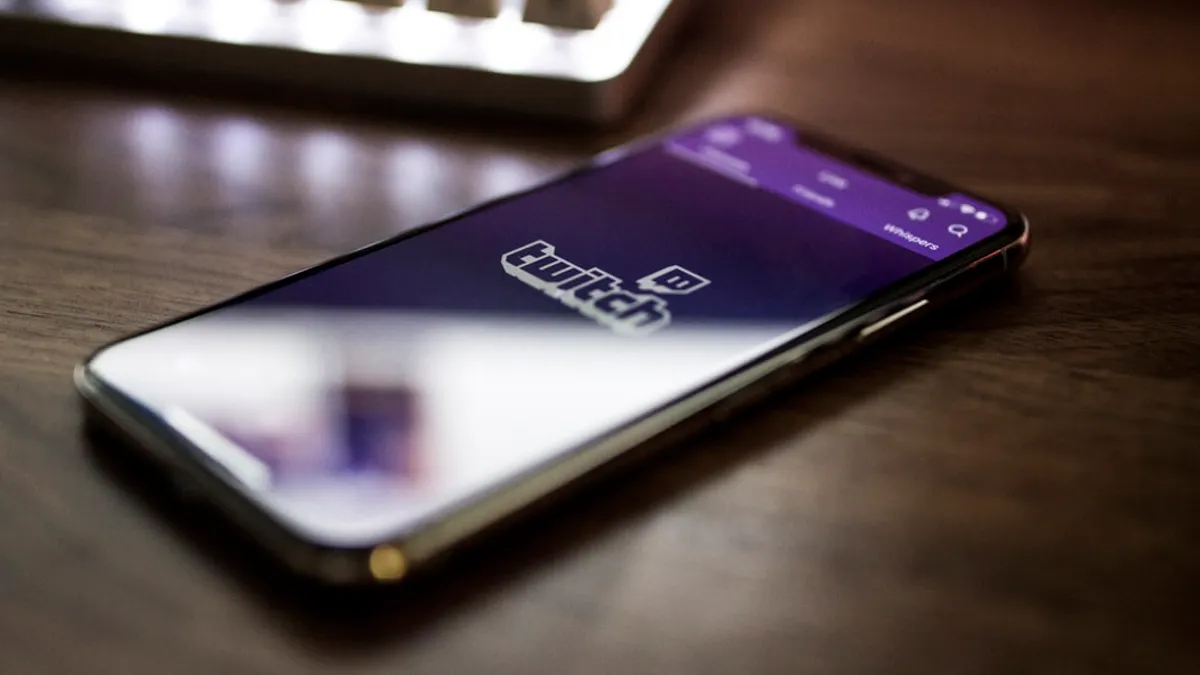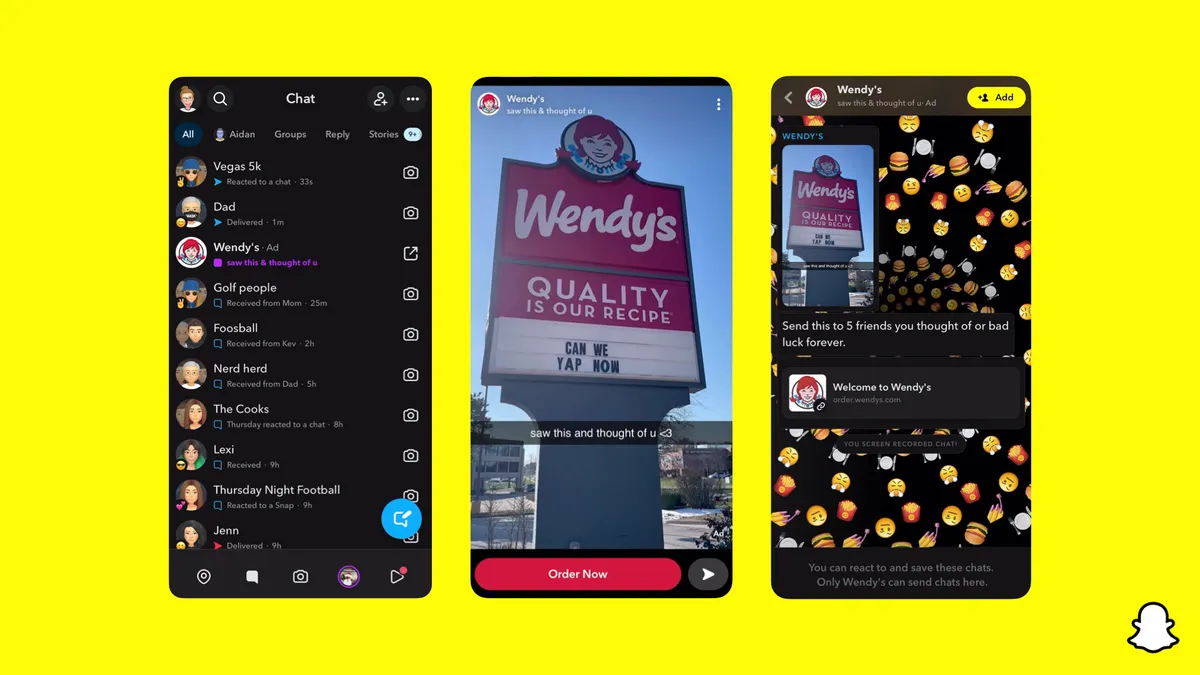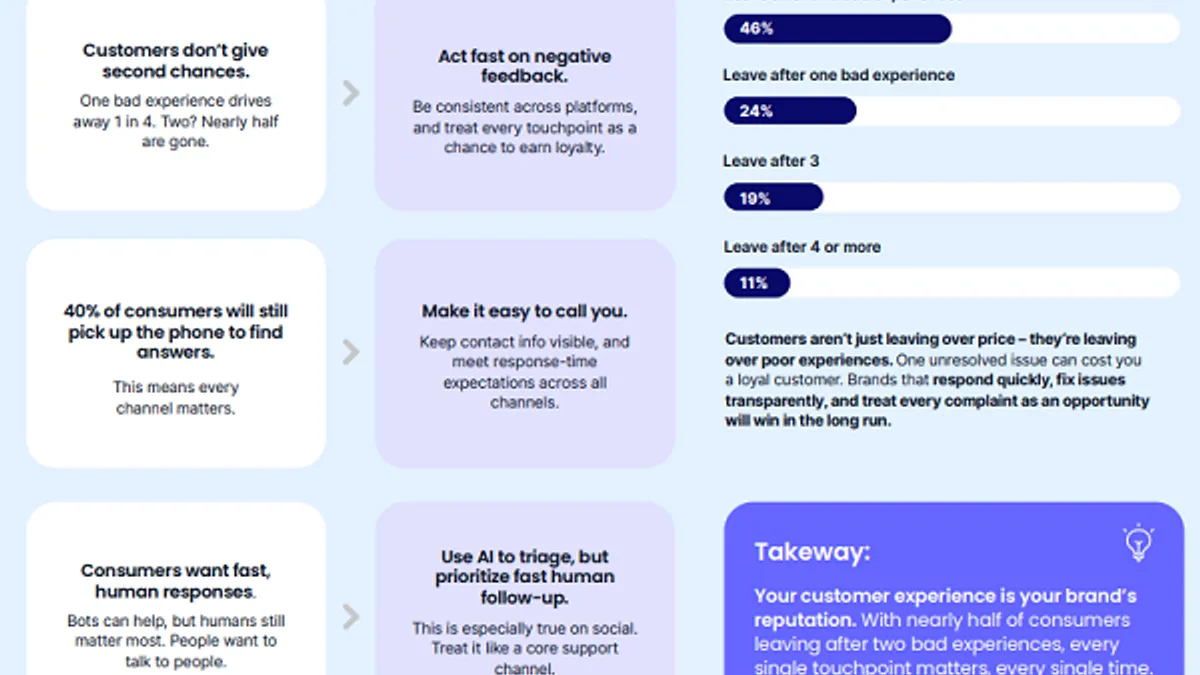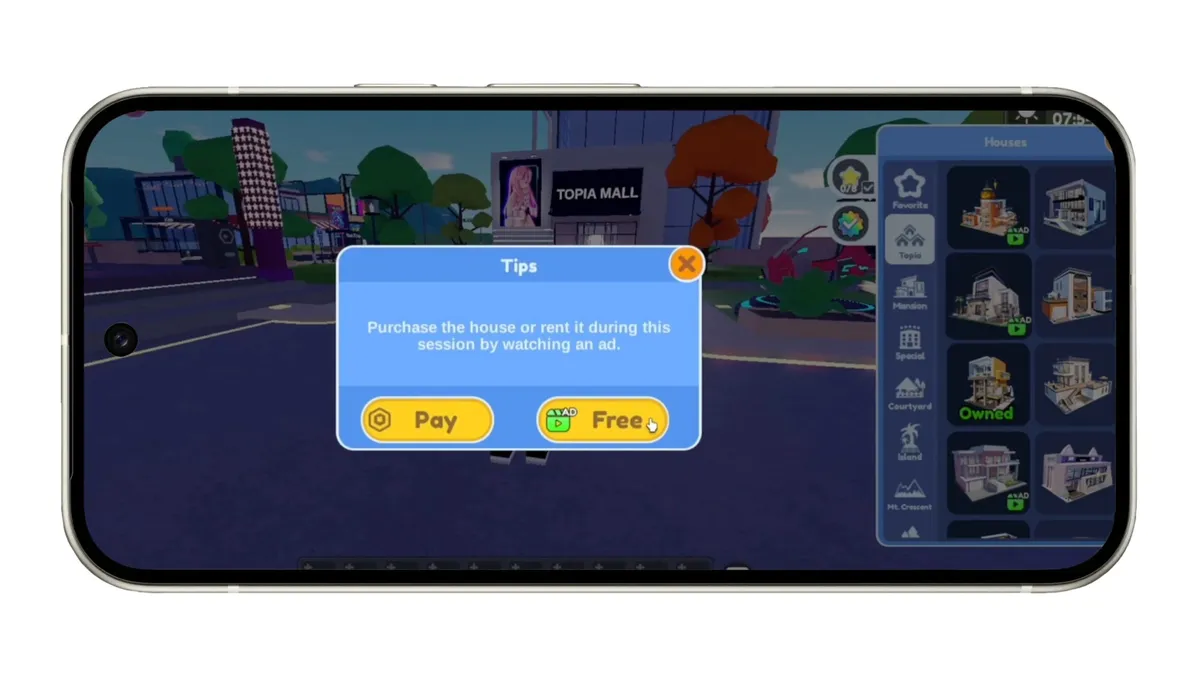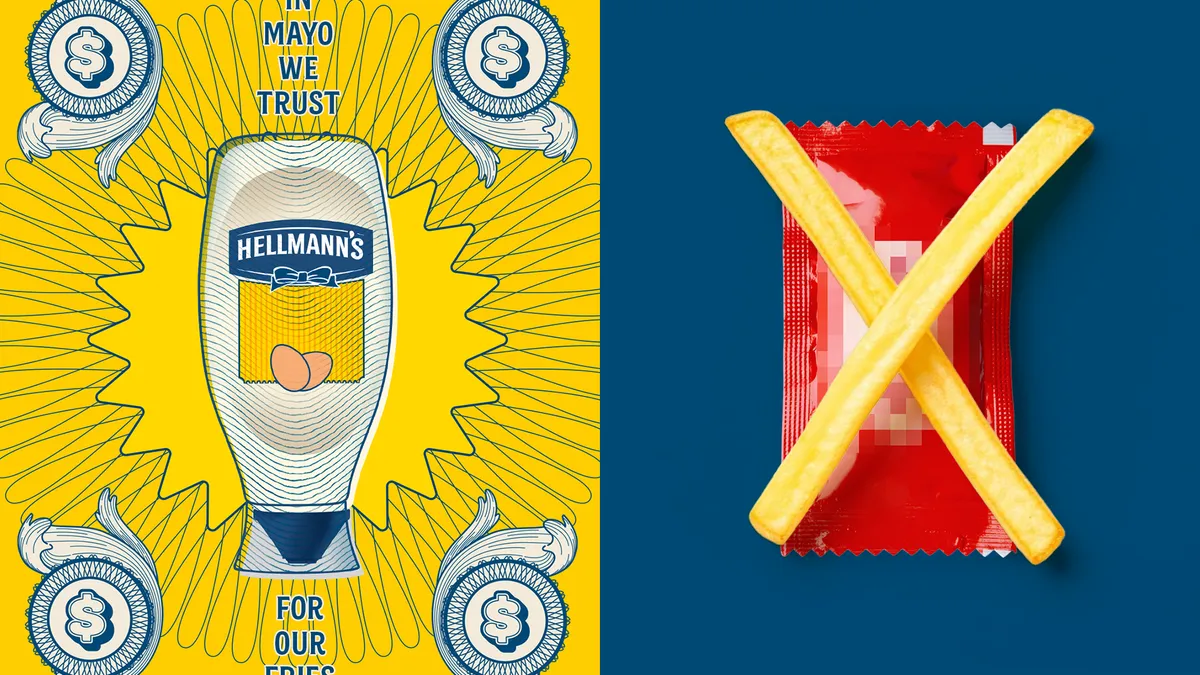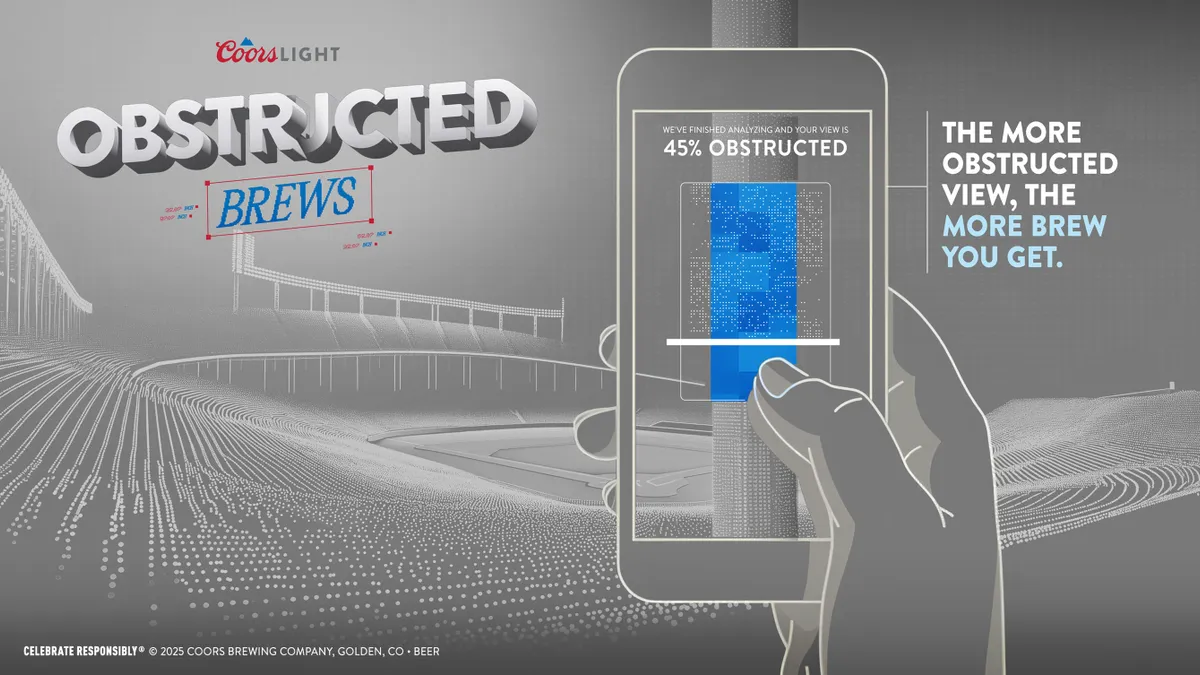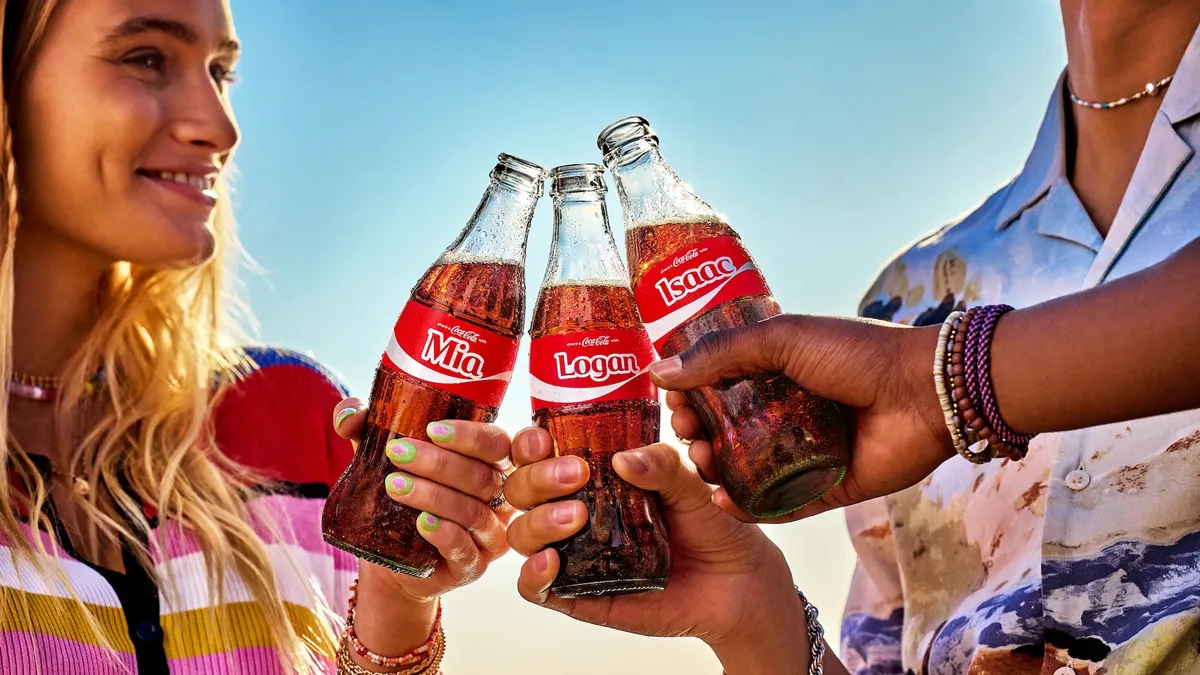Social media platforms are committing more deeply to video content to elevate engagement with mobile audiences — especially Generation Z — and to entice brands to shift their spending away from more traditional channels like broadcast and cable TV. In developing a video strategy for these social outlets, marketers must consider creative ways to handle the ever-growing choices of ad formats, platforms and audience segments — and most importantly, how to develop uniquely social and shareable experiences.
Traditionally, social video and video messaging platforms were entirely separate categories, with distinct user habits and brand strategies for capturing attention. Some industry observers now say that the two are converging as platforms broaden their services and double down on video.
"Leveraging a creation aspect of videos coupled with consumption is a powerful way to cultivate stickiness and engagement of consumers," Lexi Sydow, App Annie's senior market insights manager, told Mobile Marketer. "Video is a key way of engaging consumers, especially for Gen Z, and consumers are increasingly turning to their phones to consume their favorite content."
Social media companies and brands are building on the ubiquity in smartphone ownership and promising upgrades to cellular networks, including the steady expansion of powerful 5G service, that underpin a notable shift in video viewing habits.
The number of people who watch videos on their mobile phones will swell 6% a year to 2.72 billion people in 2023 from 2.16 billion this year, researcher eMarketer estimated in September. Social video ads, which rely heavily on mobile viewership, grew 45% in Q3 from a year earlier to make up 42% of total social ad spending, per a study by digital ad platform Kenshoo.
"Marketers should consider video as a single channel, regardless of delivery platform or video features."

Anne Hunter
Kantar, EVP of strategy and growth
Brands as varied as American Eagle Outfitters, Burger King, Chipotle Mexican Grill, Disney and Wild Turkey in the past two months have launched bigger social video campaigns beyond simple ad inserts that often go unnoticed by on-the-go consumers. These recent efforts aim to engage audiences with native advertising, videos from social influencers and user-generated content (UGC) and ultimately to spur viral sharing. Strategies are as diverse as the choices in social networks, which include video-centric sites like YouTube and newcomer TikTok, as well as the ever-growing video offerings from Facebook, Instagram, Pinterest, Snapchat and Twitter.
"Each of the social platforms wants to be the place that captures long-form consumer attention because it's so valuable to advertisers," Aaron Goldman, CMO at 4C Insights, told Mobile Marketer. "That's why you're seeing big investments from the likes of Facebook and Snap to secure rights to original programming and create separate parts of their apps where this content can be viewed."
Platforms and tactics
Every social platform has unique characteristics that force marketers to vary their video strategies, but it's also difficult to make broad statements about each platform given their breadth of ad formats. Video ads can serve the dual purpose of raising brand awareness among users and encouraging them respond to a call to action such as a "shop now" button near the video.
"If the message is focused on awareness, brands may want to consider platforms like Facebook and Instagram, which have an auto-play feature," Mike Menkes, SVP at researcher Analytic Partners, said. "Both are strong options for passive content that doesn't ask the user to do anything except watch the video. Sound also quickly becomes irrelevant on these platforms."
Facebook has 2.41 billion users worldwide, while Instagram is reported to have more than 1 billion. The social behemoth this year said 140 million people spent at least one minute a day viewing Watch, which launched in 2017. Facebook tends to be more popular among older generations like baby boomers, while Instagram has become a favorite of millennials and Gen Z.
Instagram Stories, a feature inspired by Snapchat's disappearing posts, have been especially popular with users and advertisers alike.
"Instagram Stories have really taken off with 30% of total IG ad spend through 4C now going to Stories," 4C's Goldman said. "Rather than repurpose videos built for feeds, savvy brands are creating bespoke assets for Stories and adhering to the one-second rule, which calls for drawing people in immediately with something provocative and then showing your brand or product."
"In the case of Snapchat and Instagram Stories, these videos and images disappear, which can create a sense of urgency to read and open and, in a sense, 'gamify' the messaging experience."

Lexi Sydow
App Annie, senior market insights manager
For YouTube and its variety of video ad formats, marketers must consider how the platform's viewers discover videos and reflect those habits within their ad targeting plans. YouTube has an algorithm to recommend videos based on a users' viewing history, but many users instead opt to search for specific videos to watch on demand.
"YouTube as a platform encourages active participation with users clicking through and focusing their content searches — which in turn allows advertisers to target with that in mind," Menkes said.
The newest video player is Bytedance's TikTok, which has more than 500 million users worldwide but doesn't disclose exact figures. The app has quickly become wildly popular among U.S. teens, and like YouTube, is solely focused on video content. While TikTok has video ad inserts, the most effective campaigns tend to blend brand messages with UGC in a continual feed, experts say.
"You can find yourself as a consumer getting sucked into video on social media. Once you start watching, the next one that comes up is more likely to draw you in," Goldman said. "TikTok is really good at this by constantly feeding you new videos to watch using machine-learning algorithms, and the result is a highly addictive experience."
He also sees Twitter, which has 145 million users, and LinkedIn, the business-focused social network owned by Microsoft, as burgeoning platforms for video.
"More than 85% of the paid media budgets that run through 4C on Twitter feature a video ad," Goldman said. "In terms of real-time news and entertainment, Twitter is more relevant than ever and video in particular really pops out of a text-heavy feed."
Travel advertisers have performed particularly well by updating their Twitter ads with images and pricing information that match locations and interests of viewers, he added.
"Video ads on LinkedIn earn 30% more comments per impression than non-video ad formats," Goldman said. "Professional audiences, and the brands targeting them, find video to be a highly engaging format."
Video messaging vs. social video
Brands also need to consider whether they want to use a social video strategy to reach a broad audience or to focus on video messaging, where communications can be more customized to one-to-one settings. While TikTok and YouTube can blast content to wide audiences, features on Snapchat, Instagram and Facebook Messenger allow for more targeted interactions that can deliver experiences personalized for each user.
"In the case of Snapchat and Instagram Stories, these videos and images disappear, which can create a sense of urgency to read and open and, in a sense, 'gamify' the messaging experience," App Annie's Sydow said. "Videos can also be intended for more passive one-to-many communication, as is the case with Instagram and Snapchat Stories."
Other observers say social video and video messaging are converging as platforms expand their range of services and work to keep users on their respective platforms for longer.
"Soon there won't be a difference. Video has become a true cross-channel medium, and the lines between social video and digital video are blurring to the point of disappearing altogether," Abe Storey, founder and CEO of social monetization platform Rhombus, said. "The key is figuring out how to produce short 4-6 second soundbites that will grab consumers' increasingly short attention spans."
Although YouTube axed its private messaging feature in September, the platform still has social media-like features to support its creators growing follower communities while blending video content and over-the-top programming when viewed on a connected TV.
"YouTube is used by young adults as a social platform with individual channels and extensive following and commenting when used on mobile devices," said Anne Hunter, EVP of strategy and growth at Kantar. "Marketers should consider video as a single channel, regardless of delivery platform or video features."


